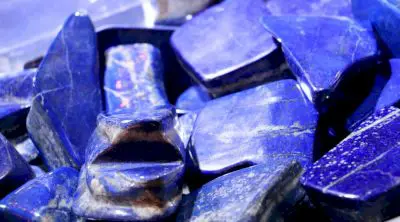Lapis lazuli Prices in Jordan
Jordan in West Asia and tangent to the Gulf of Aqaba is in the best location for trading. Lazuli has more applications in dyeing fabrics, glazed and painted porcelain pottery, tile -making and treatment and medical use. Jordan has faced economic challenges, including high unemployment rates and public debt. Distinguishing between genuine Lapis lazuli and synthetic or fake Lapis lazuli can be challenging, but there are several methods you can use to help determine their authenticity. The type and quality of the packaging are very important in determining the health of cargo. Abu Rihan al-Biruni writes in the valuable book Al-Jamahir Fi Al-Ma'rifah Al-Jawahir
Add your import and export orders to this list
Warning: Undefined variable $formTitle in /home/anbar/domains/anbar.asia/anbar/inc/html/desktop/orderform.php on line 10
Warning: Undefined variable $marketName in /home/anbar/domains/anbar.asia/anbar/inc/html/desktop/orderform.php on line 12
Warning: Undefined variable $location in /home/anbar/domains/anbar.asia/anbar/inc/html/desktop/orderform.php on line 12
If you want to trade in the , please join in Anbar Asia. Your order will be shown here, so the traders of contact you

Jordan is a constitutional monarchy and parliament also plays an important role in the country. Pyrite impurities, which are seen as gold or bronze dots in this stone, have made it more visible. Jordan has always pursued a pro-Western foreign policy and has long had close ties with the United States and Britain. Lapis lazuli has a long history of being mined in West Asia, particularly in countries located in the Middle East, such as Afghanistan and Iran
- Jordan Lapis lazuli Market
- Jordan Jade Market
- Jordan Pearl Market
- Jordan Diamond Market
- Jordan Ruby Market
- Jordan fossil Market
- Jordan Spinel Market
- Jordan Meteorite Market
- Jordan Tanzanite Market
- Jordan Turquoise Market
- Jordan Chrysocolla Market
- Jordan Emerald Market
- Jordan Agate Market
- Jordan Charoite Market
- Jordan Topaz Market
- Jordan Amber Market

The original locality for lapis lazuli is the Sar-e-Sang deposit in Afghanistan's remote Badakhshan district. In the Achaemenid period, azure was called "Kabutkeh". In the Sassanid period, azure was consumed a lot. The roof of Ctesiphon, as well as various sculptures, is made of azure; it is possible that they used azurite instead of azure in making these works.
Read More ...
